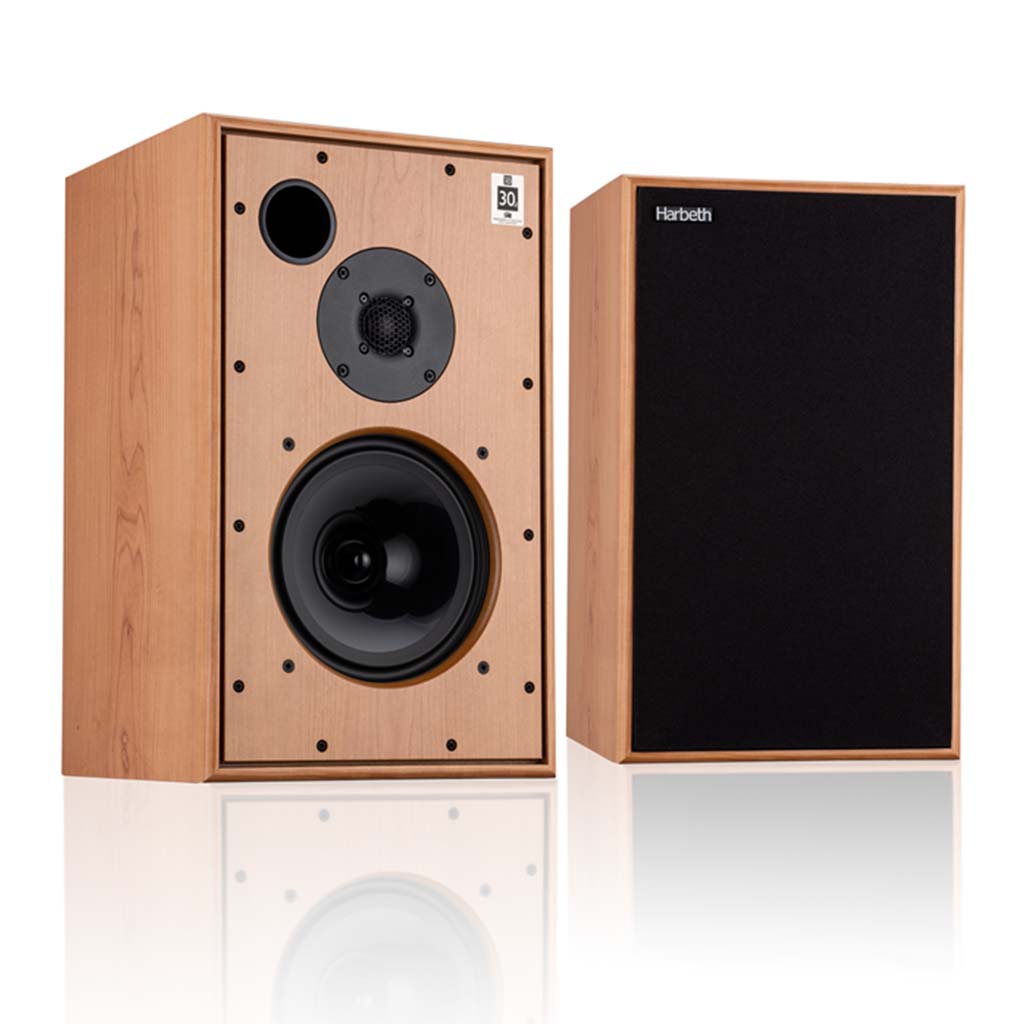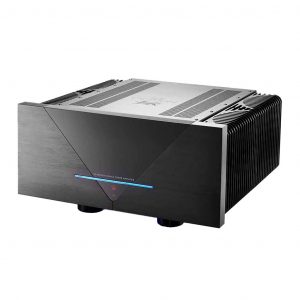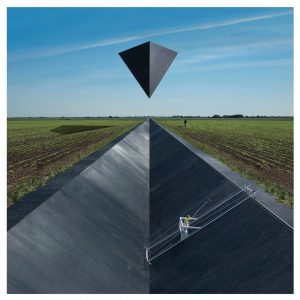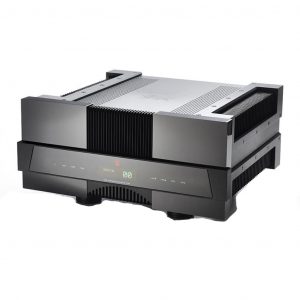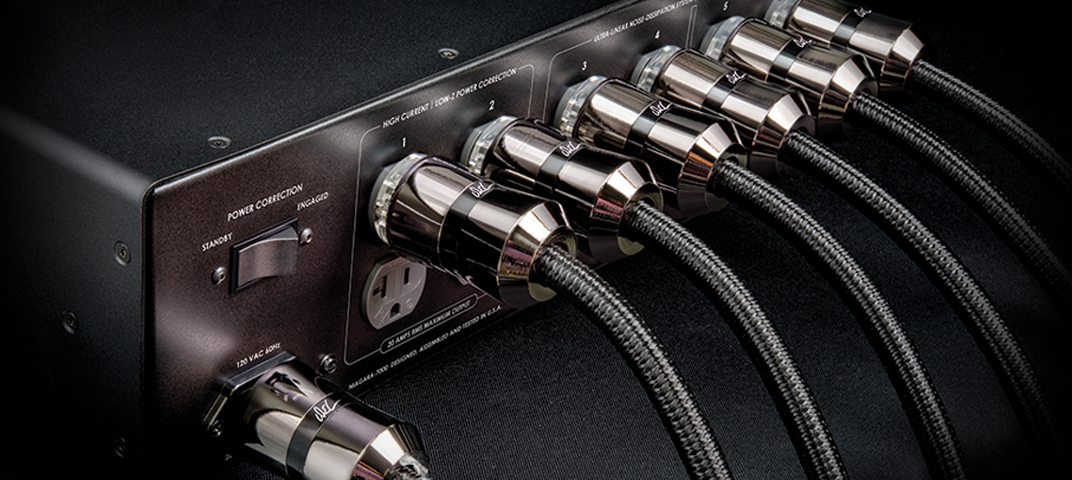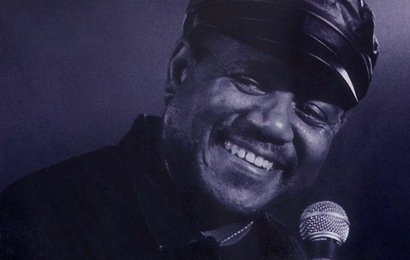MY BAG
AED 1,034.78 (Inc. Tax)
AudioQuest has refined and renewed our line of serious high performance OptiLink cables.
Overview
While, thanks to HDMI, Toslink is not so often used to connect a DVD player to an A/V receiver, Toslink connectors are common on cable-boxes, TV sets, subwoofers, all sorts of products. And now, the 3.5mm Mini Optical connector, also somewhat incorrectly known as Mini-Toslink, is everywhere … from the 3.5mm dual-purpose headphone jack on a Mac laptop, to inputs on some of the finest portables.
For these many reasons, AudioQuest has refined and renewed our line of serious high performance OptiLink cables. All models and all lengths are now available Toslink to Toslink and Toslink to 3.5mm Mini Optical.
The problem with optical fiber transmission is that dispersed light does get through the Toslink cable, but only after it has taken a longer path, like a pool ball bouncing off the side-rails, causing it to arrive later. This delayed part of the signal prevents the computer charged with decoding the information from being decoded properly, or even at all. This reduced bandwidth is a measurable signature of light being dispersed by a fiber. The punch line: The less dispersion in the fiber, the less distortion in the final analog audio signal presented to our ears.
- Low-Jitter (Digital Timing Errors)
- Precision Polished Fiber Ends
Orders ship Sunday through Friday from our offices in Dubai, UAE.
In-stock products typically ship within 48 hours and should be expected to arrive in 3-4 business days. Orders outside of the UAE should be expected to arrive in 5-7 business days.
Pre-order and backorder products will state the approximate delivery timeline beside the Add To Cart button.
If you would like to place a custom order, chat with our specialists for a guided shopping experience. Once your order has been placed, a timeline will be provided depending on your order details.
- Free delivery within the UAE
- Shipping charges will be calculated upon checkout for orders outside of the UAE (Bahrain, Oman, Kuwait, Saudi Arabia & Qatar).
- Taxes and duties are calculated according to the applicable laws of the state or country an item is shipped to and are the customer's responsibility.
For additional information on shipping and our exchange & return policy visit our help center.
Installation charges are applicable and can be paid upon delivery for our clients based in Dubai.
- Installation Charges: AED 450 Per Hour
- Speaker Cables: AED 32 Per Meter
- Trunking: AED 10 Per Meter
For clients based outside of the UAE, please contact our specialists and we will share an estimate based on your requirements.
It's easy to accomplish 100% shield coverage. Preventing captured Radio Frequency Interference (RFI) from modulating the equipment's ground reference requires AQ's Noise-Dissipation System (NDS). Traditional shield systems typically absorb and then drain noise/RF energy to component ground, modulating and distorting the critical "reference" ground plane, which in turn causes a distortion of the signal. NDS's alternating layers of metal and carbon-loaded synthetics "shield the shield," absorbing and reflecting most of this noise/RF energy before it reaches the layer attached to ground.
Hard-Cell Foam (HCF) Insulation ensures critical signal-pair geometry. Any solid material adjacent to a conductor is actually part of an imperfect circuit. Wire insulation and circuit board materials all absorb energy. Some of this energy is stored and then released as distortion. Hard-Cell Foam Insulation is similar to the Foamed-PE used in our more affordable Bridges & Falls cables, and is nitrogen-injected to create air pockets. Because nitrogen (like air) does not absorb energy and therefore does not release any energy from or into the conductor, distortion is reduced. In addition, the stiffness of the material allows the cable's conductors to maintain a stable relationship along the cable's full length, producing a stable impedance character and further minimizing distortion.

 AE
AE SA
SA  OM
OM KW
KW BH
BH QA
QA









